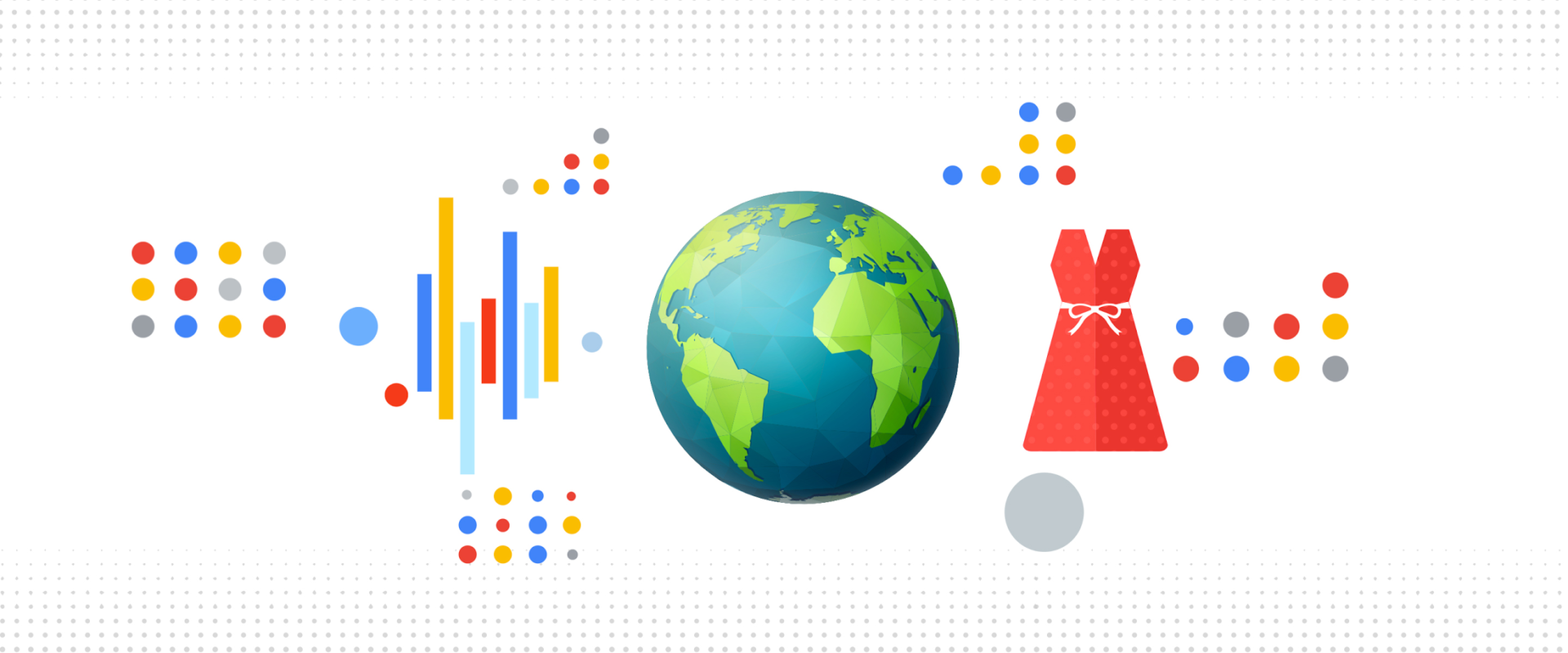
Sustainability has become an unspoken requirement within many environmental projects and industries. Nevertheless, the fashion industry is one of the most notorious pollutants on Earth every year. With the collaboration of Google Cloud and WWF Sweden, along with renowned designer Stella McCartney, the fashion industry is set to become revolutionized.
To grasp the severity of the fashion industry’s repercussions, begin by picturing the journey of the production of a shoe. From the sourcing of leather to the distributing stage of the shoe, the production of one shoe leads to 30 pounds of carbon dioxide disposed into our atmosphere, with more than 15 billion shoes produced per year. The fashion industry continues to grow and exponentially harm through the massive disposal of garments and resources every day.
As a leading designer in the sustainable fashion industry, McCartney continues to break grounds in finding new solutions to replace all environmentally unfriendly manufacturing approaches. Despite the negative speculations that other brands set on McCartney’s sustainable solution, she focused on discovering innovative ways to replace fur, leather, etc.
McCartney’s company refuses to work with products from the most hazardous pollutants such as PVC – an extremely toxic plastic. PVC is a common resource to produce shoes and even the detailing sequins that shine through the display windows. By prioritizing the lifespan over the branding of the luxury product, McCartney’s innovative cutting edge technology is now protecting endangered forests by transparently being able to trace their supply chain.
Currently, the fashion industry manufactures over 80 billion items, yet only 20 percent are being worn or utilized. The 2015 documentary film, The True Cost, depicts the journey that the clothing we wear takes from the moment they are born until they are replaced. Every second, a truckload worth of clothing is thrown away in landfills because of the continuous overproduction of harmful textiles. Hence, 60 percent of the clothing leads to almost three times the carbon emissions in our atmosphere.
As such, Google Cloud and WWF Sweden have partnered with McCartney to work on a project that aims to bring radical change to the fashion industry. Google’s head of luxury fashion, Maria McClay, joins with a machine learning program that tracks the supply chain of cotton and viscose production, two of the most notorious pollutants in the industry. The first problem that the fashion industry faces to get one step closer to a sustainable solution is the lack of transparency in the manufacturing and production stages of a garment.
The project aims to trail the raw materials within each brand and translate it into more explicit statistical values for the brand to source into more sustainable substitutes. The project is currently still gathering different companies, NGOs, and groups to collaborate with the data gathering for the software. Google Cloud and WWF Sweden, along with McCartney, are leading this new movement to make more sustainable decisions starting from the chosen raw materials. Following the success of Google’s DeepMind program to reduce Google’s energy usage through its software, the company is collaborating in this experiment to create a platform to change the fashion industry.
“It’s our ambition to create a data-enriched decision-making platform that enables analysis of the supply chain in a way that has not been possible before at this scale,” said Ian Pattison, head of customer engineering at Google. “Partnering with WWF brings together Google Cloud’s technical capacity, including big-data analysis and machine learning, and WWF’s deep knowledge of assessing raw materials. Together, we can make supply chain data visible and accessible to decision makers, and drive more responsible and sustainable decisions.”
“Sustainability is a challenge that crosses industry boundaries, and we firmly believe that solutions require strong partnerships and collaboration,” said Kate Brandt, Google sustainability officer. “Our ambition is to fill fundamental data gaps by bringing greater accuracy to environmental reporting—ultimately moving toward more sustainable processes. By combining our technology, and with data inputs from many key industry brands and retailers, we believe we can significantly magnify this work together.”
“WWF’s partnership work with companies has always been motivated by the need to drive real transformation at the largest possible scale,” said Håkan Wirtén, CEO of WWF Sweden. “This project is an excellent example of how we can take valuable work with a long term partner like IKEA, collaborate with another strong WWF partner like Google to make that work even more powerful, and make it open source so that hopefully it can help with the transformation of a whole industry.”
As consumers, we must maintain ourselves informed about the real impact our purchases make in our environment. Every swipe we make with our cards when buying another pair of sneakers that we do not need is poisoning the air that we breathe in. The next steps of the project gather data from the most supply chains possible to create a transparent global database.





